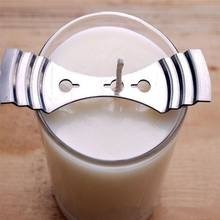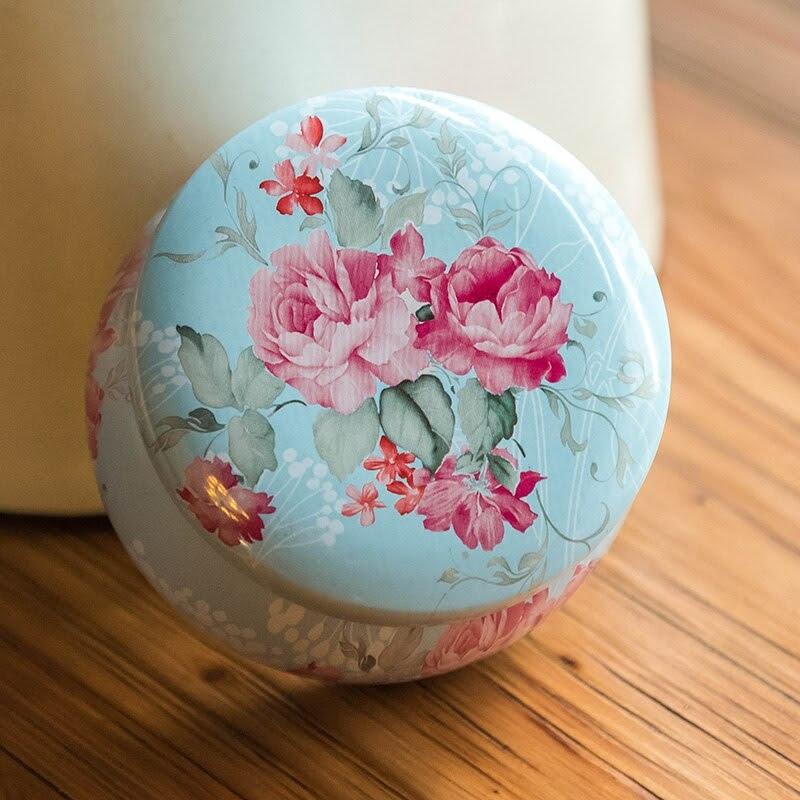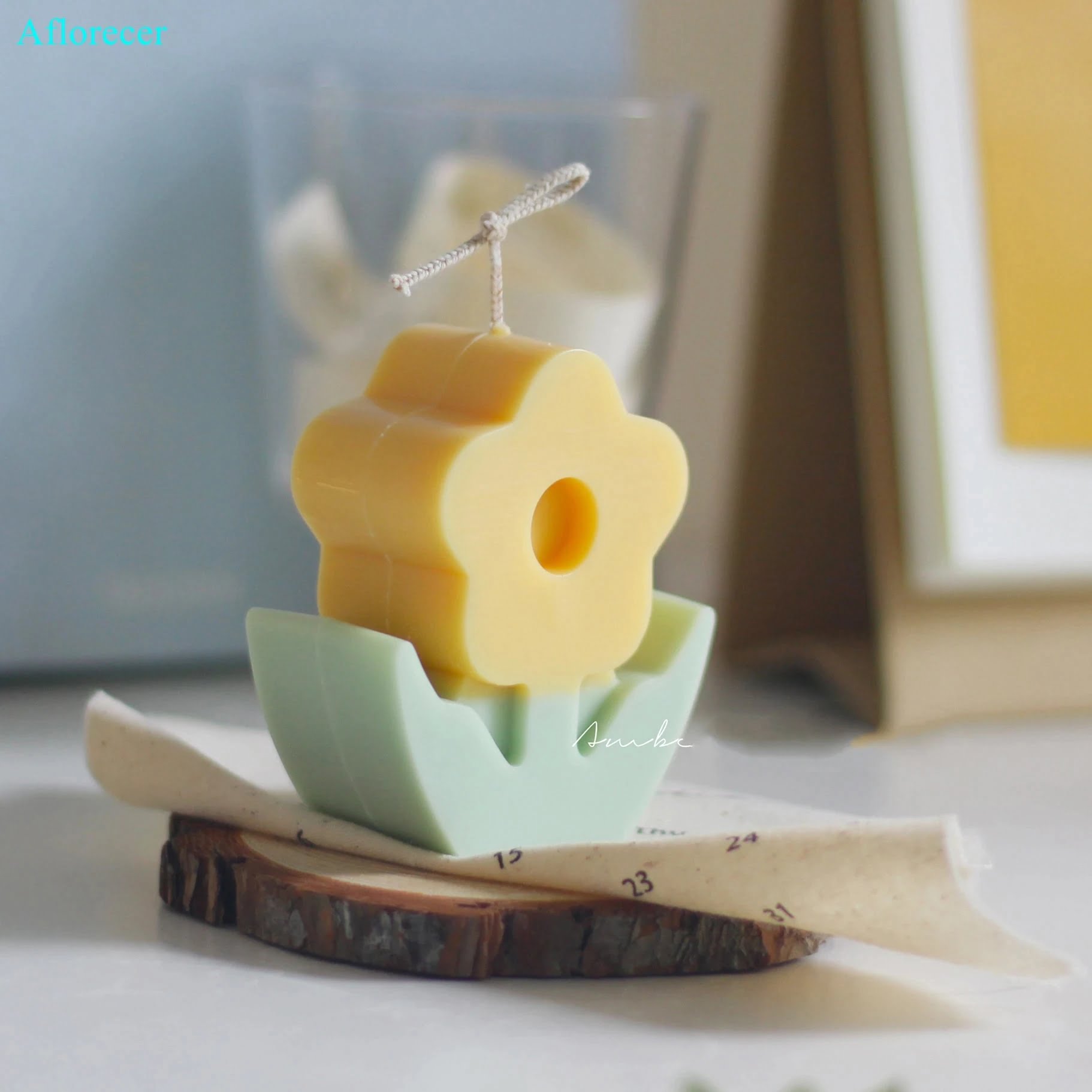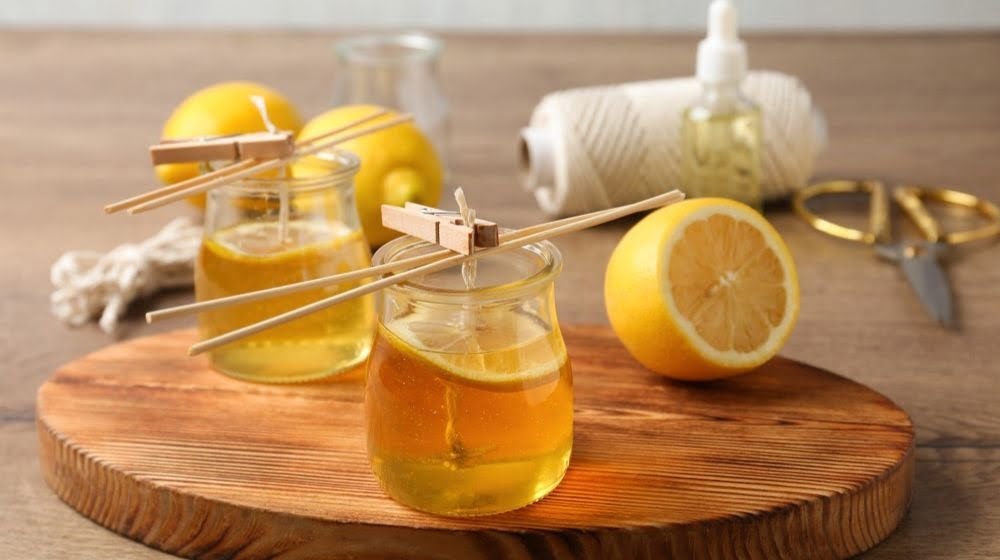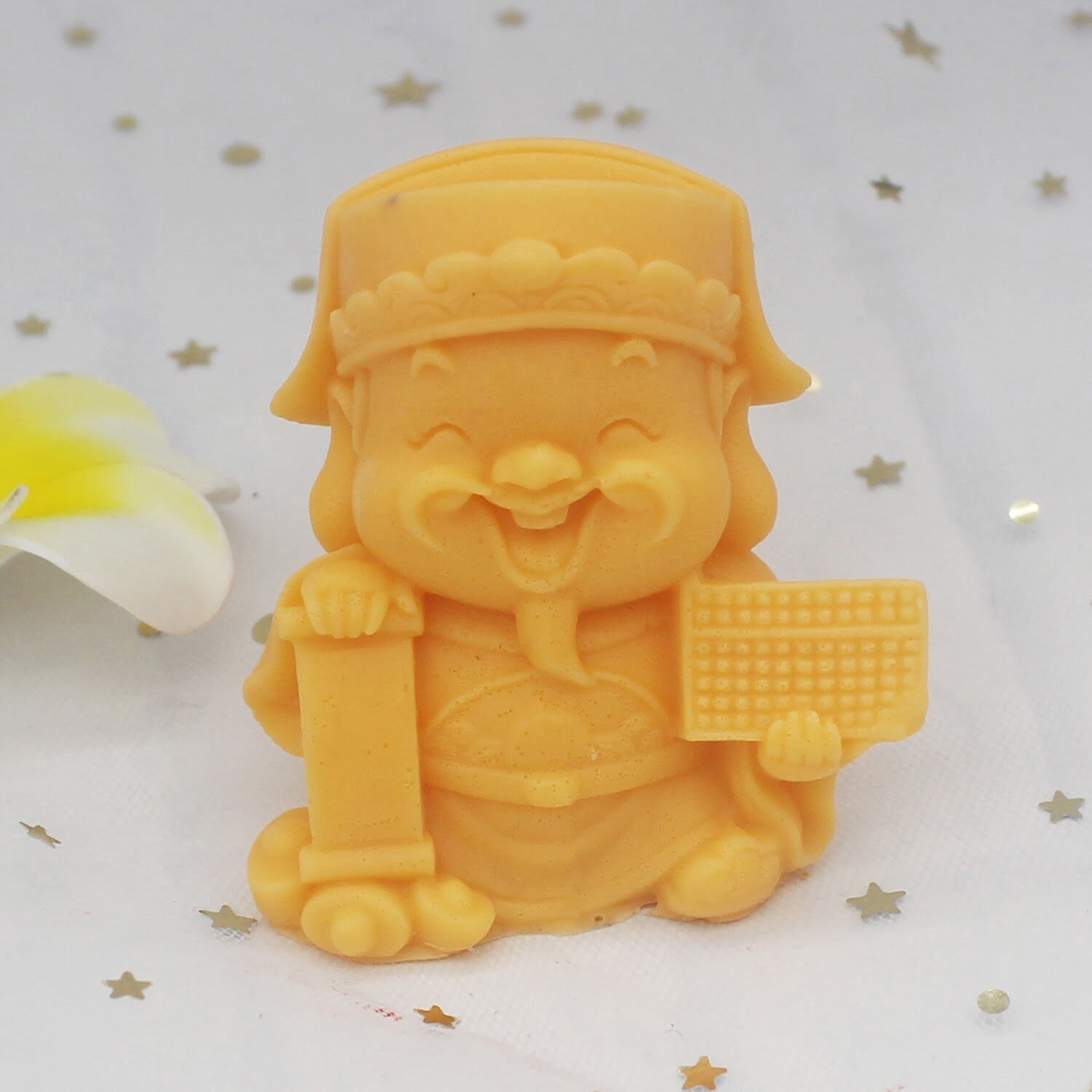The quick answer is no, you don’t need a double boiler for candle making, but it can make the process a little easier.
A double boiler is basically two pots that are placed one on top of the other. The bottom pot is filled with water and the top pot is filled with the ingredients that you want to heat. By using a double boiler, you can heat the ingredients without worrying about them burning or becoming too hot.
This can be helpful when making candles because you need to heat the wax and the fragrance oil to a certain temperature in order to make a successful candle. If you don’t have a double boiler, you can use a pot that is specifically for melting wax and then place a heat-safe bowl inside of the pot. The bowl can then be filled with the wax and the fragrance oil.
However, using a double boiler is not absolutely necessary. If you are careful and take your time, you can heat the wax and the fragrance oil in a regular pot. Just be sure to keep a close eye on the temperature so that the ingredients don’t get too hot.
If you are new to candle making, I would recommend using a double boiler. This will help ensure that your candles turn out correctly and that you don’t run into any problems. However, if you are an experienced candle maker, then you may be able to get away without using a double boiler.
How Do You Preheat Jars For Candle Making?
There are a few different ways to preheat your jars for candle making. One way is to place them in the oven on a low temperature (around 170 degrees Fahrenheit) for about 10 minutes before you begin pouring your candles. Another way is to place them on a baking sheet and microwave them on high for about two minutes.
Both of these methods will help to ensure that your jars are at a consistent temperature, which is important for proper candle pouring. If your jars are too cold, your candles may not pour properly and may not have a consistent shape. If your jars are too hot, your candles may start to melt and may not be as aesthetically pleasing.
By preheating your jars in one of these ways, you can help to ensure that your candles pour and burn evenly.
Can You Mix Essential Oils In Candle Making?
The quick answer is yes, you can mix essential oils in candle making. However, you need to be careful about the types of oils you use and the amounts you use.
When it comes to essential oils, there are two main types: oils that are distilled from plants and oils that are extracted from plants. The distilled oils are the purest and most potent oils. They are also the most expensive.
The oils that are extracted from plants are less expensive, but they also tend to be less potent. When you are mixing essential oils in candle making, it is important to use distilled oils rather than oils that are extracted from plants.
Another thing to keep in mind when mixing essential oils in candle making is the amount of oil you use. Oils can be used in different percentages, depending on the type of oil and the desired effect.
When it comes to essential oils, a little goes a long way. In general, you should use no more than 3% of essential oil in your candle recipe. If you are using a more potent oil, such as lavender oil, you can use a lower percentage, such as 1%.
If you are using a less potent oil, such as lemon oil, you can use a higher percentage, such as 5%.
When it comes to mixing essential oils in candle making, it is important to use oils that are compatible with each other. Some oils, such as lavender oil and lemon oil, are compatible with each other.
Other oils, such as rose oil and jasmine oil, are not compatible with each other. If you are using two incompatible oils, the oils will compete with each other, and the candle will not smell very good.
When it comes to mixing essential oils in candle making, it is important to do your research. Not all essential oils are compatible with each other, and not all oils are safe to use in candles.
If you are not sure whether two oils are compatible or if you are not sure whether an oil is safe to use in candles, it is best to consult an essential oil guide or a candle making guide.
How Do You Prepare Glass For Candle Making?
The first step in preparing glass for candle making is to gather all of the supplies that you will need. This includes glass jars or containers, wax, wicks, a stovetop or microwave, and a heat-resistant surface.
The second step is to choose the size and shape of the container that you will be using for your candle. It is important to choose a container that is large enough to fit the desired wick size, but not so large that the candle will take too long to melt.
The third step is to melt the wax. This can be done in a stovetop or microwave. If using a stovetop, be sure to use a pot that is large enough to fit the container that you will be using for your candle. If using a microwave, be sure to use a microwave-safe container.
The fourth step is to thread the wick through the lid of the container. If using a glass jar, be sure to leave enough of the wick sticking out of the top of the jar so that it can be easily lit.
The fifth step is to pour the melted wax into the container. Be careful not to pour the wax over the wick.
The sixth step is to allow the candle to cool and harden.
The seventh step is to light the wick and enjoy your new candle!
Is Stearic Acid Good For Candle Making?
The simple answer to this question is yes, stearic acid is good for candle making. It is a fatty acid that is often used as a hardener or thickener in candles. It can also help to create a stronger and more durable candle.
In addition to making candles stronger, stearic acid can also help to create a more consistent and even burning candle. This is because it helps to create a harder, more stable wax. This means that the flame will not be as easily blown out by wind or other factors.
Overall, stearic acid is a good additive for candle making. It can help to create a more durable and consistent candle.

Welcome to my candle making blog! In this blog, I will be sharing my tips and tricks for making candles. I will also be sharing some of my favorite recipes.

